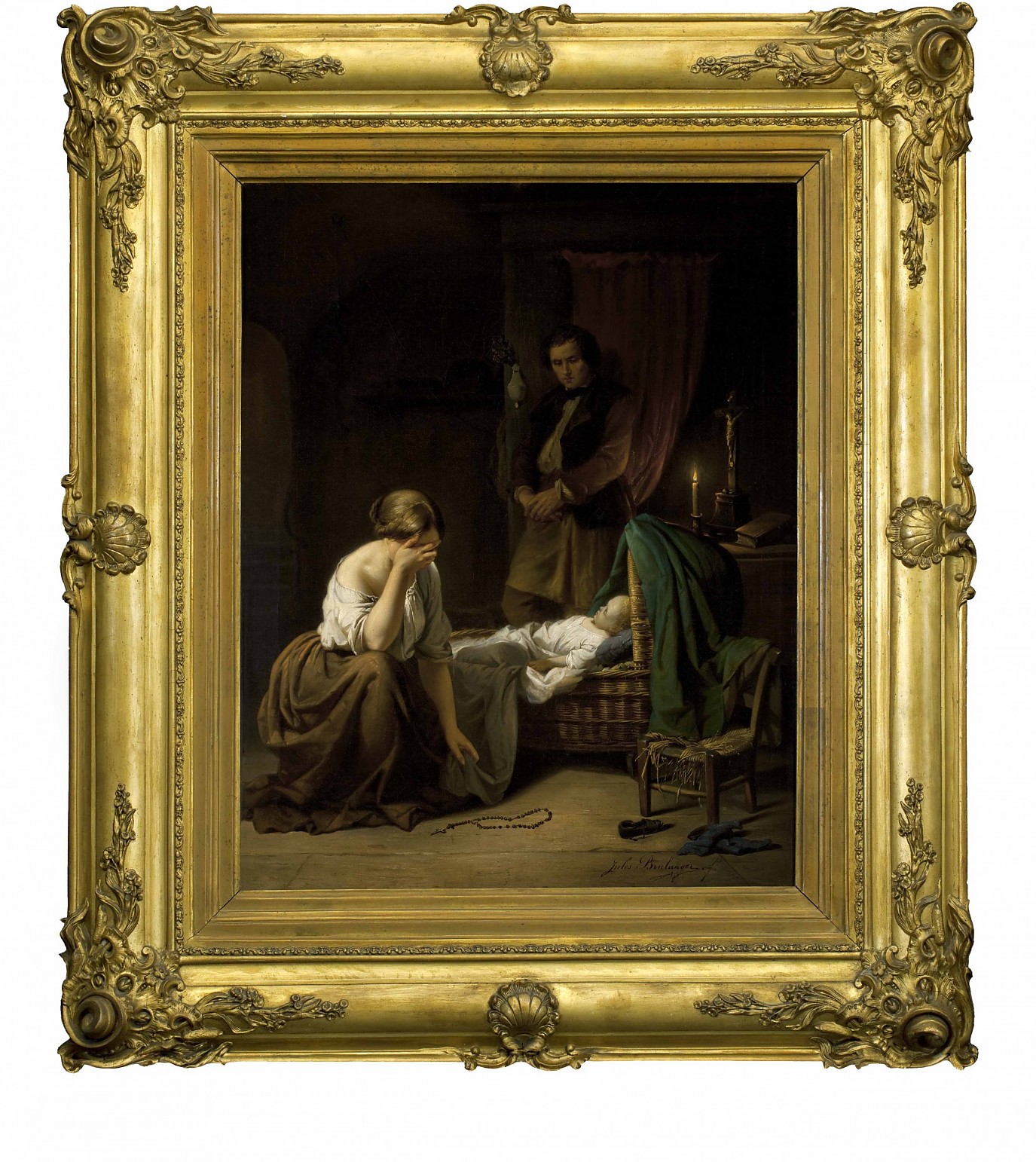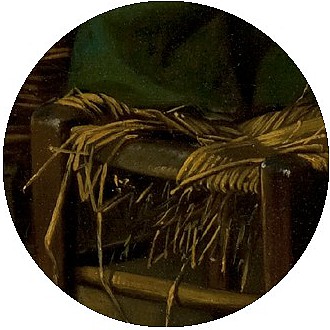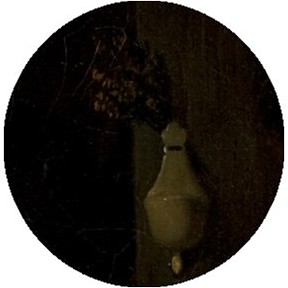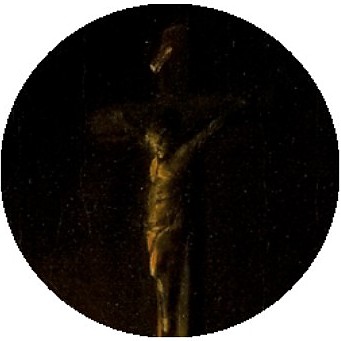Oil painting "La Tristesse"
Loss of a child
"La Tristesse"
Jules Joseph Boulanger (BEL, 1822–1868)
oil on canvas, about 1860
The life expectancy of humans in earlier centuries was much lower than today. This alone proves the higher mortality among children, especially infants. As late as 1870, 35 – 40% of infants in urban areas in Europe did not reach the age of one year. This painting from thus depicts a fate that was shared by many parents at that time. The woman mourns in the foreground, one shoulder is naked, the man stands in the dark background and apparently retains his composure, entirely in keeping with contemporary role traditions.
But the picture also emphasizes this sad fate in an iconographically very special way, because it is composed like a vanitas representation. Vanitas representations are intended to remind us of the inevitability of death from a Christian point of view.
The depiction of certain objects and creative elements is intended to symbolically convey this presence of passing and dying. At the same time, they should also encourage people to lead a life pleasing to God – as a prerequisite for the attainment of Christian eternal salvation. Thus the central pictorial themes of death and loss are derived not only from the depiction of the pale child and its grieving mother, but also from the symbolism of many details that at first glance seem hidden. For example, the small chair in the foreground is destroyed and a flower arrangement in the background seems to have withered. But the depiction also contains objects and elements that symbolise confidence. For example, the cradle cover with its green colour stands for hope and eternal life. A rosary chain on the floor and the candle burning on the table next to a crucifix, which is illuminated by light and thus becomes visible, refer as Christian symbols to trust and the promise of salvation. Although, in this moment of motherly despair, the rosary chain seems to be thrown on the floor ...

Photo: Frank Hellwig
© Museum für Sepulkralkultur, Kassel, Bildarchiv




Arbeitsgemeinschaft Friedhof und Denkmal e.V.
Zentralinstitut für Sepulkralkultur
Museum für Sepulkralkultur
Weinbergstraße 25–27
D-34117 Kassel | Germany
Tel. +49 (0)561 918 93-0
info@sepulkralmuseum.de








